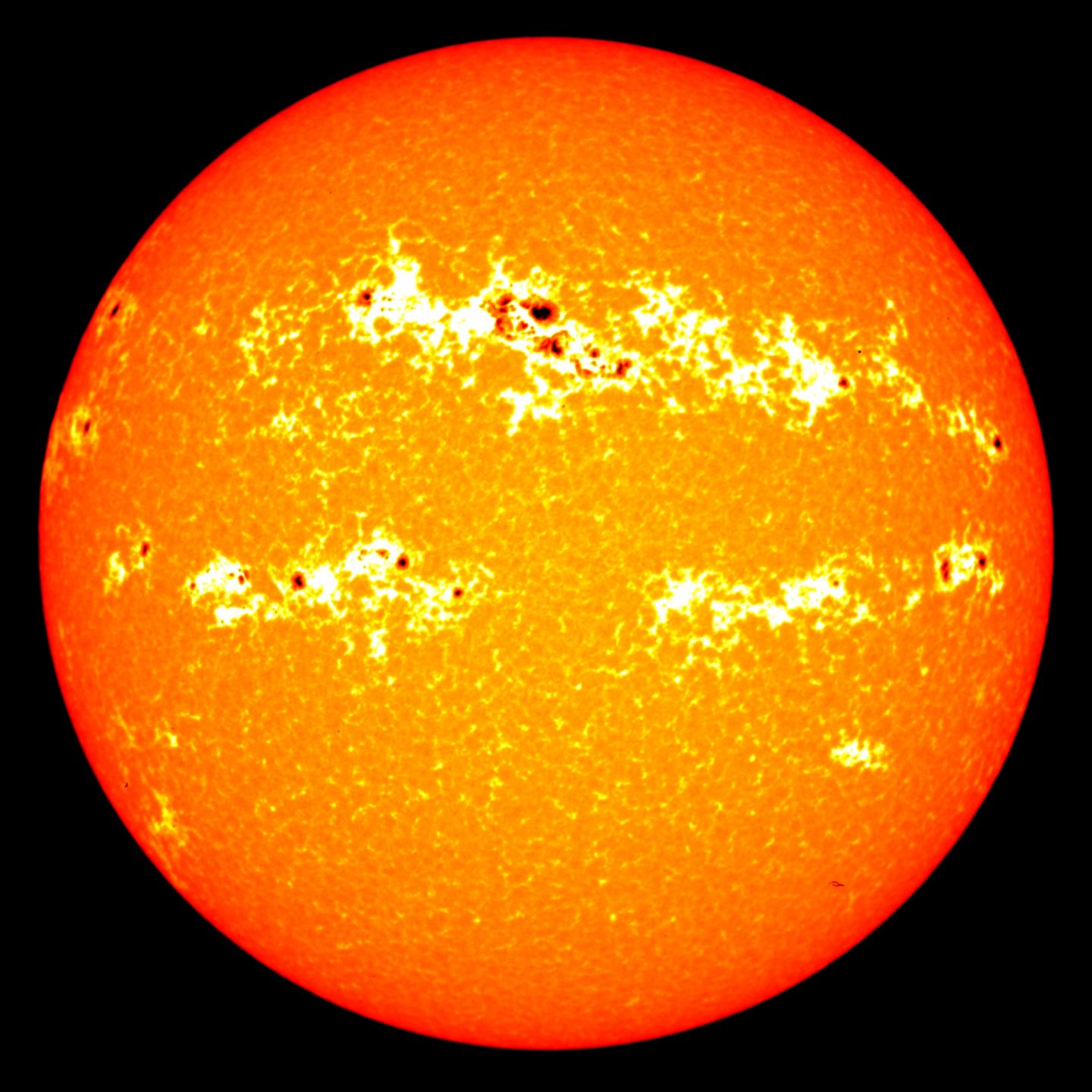
Of all the mysteries about our sun, one of the most perplexing is the cycle of sunspots. These dark patches on the sun’s surface appear for a few weeks at a time before fading again, and for some reason, they increase in frequency to a peak every 11 years. Now, a new study aims to explain this 11-year cycle by modeling the movement of plasma within the sun.
“The sunspot is an amazing thing,” lead author Thomas Jarboe, professor of aeronautics and astronautics at the University of Washington, said in a statement. “There’s nothing there, and then all of a sudden, you see it in a flash.”
In order to understand these strange phenomena, Jarboe and colleagues used computer modeling based on previous research into fusion energy. “Our model is completely different from a normal picture of the sun,” he said. “I really think we’re the first people that are telling you the nature and source of solar magnetic phenomena — how the sun works.”
The model highlighted the importance of a thin layer of plasma which sits beneath the sun’s surface, and which seems to have profound impacts on solar phenomena including sunspots. Different parts of this plasma layer move at different speeds, which creates spirals of magnetic forces called magnetic helicity, similar to the concept of some fusion reactors. This layer grows over time until it becomes unstable, around every 11 years, and is cast off. This reveals a lower layer of plasma below, like a snake shedding its skin.
It is this process of a growing plasma layer that causes a peak in sunspot activity, the study suggests. This goes against previous models, which had supposed the sunspots were generated deeper within the sun when ropes of plasma form and then pop out from the surface.
“My hope is that scientists will look at their data in a new light, and the researchers who worked their whole lives to gather that data will have a new tool to understand what it all means,” Jarboe said.
The findings are published in the journal Physics of Plasmas.



